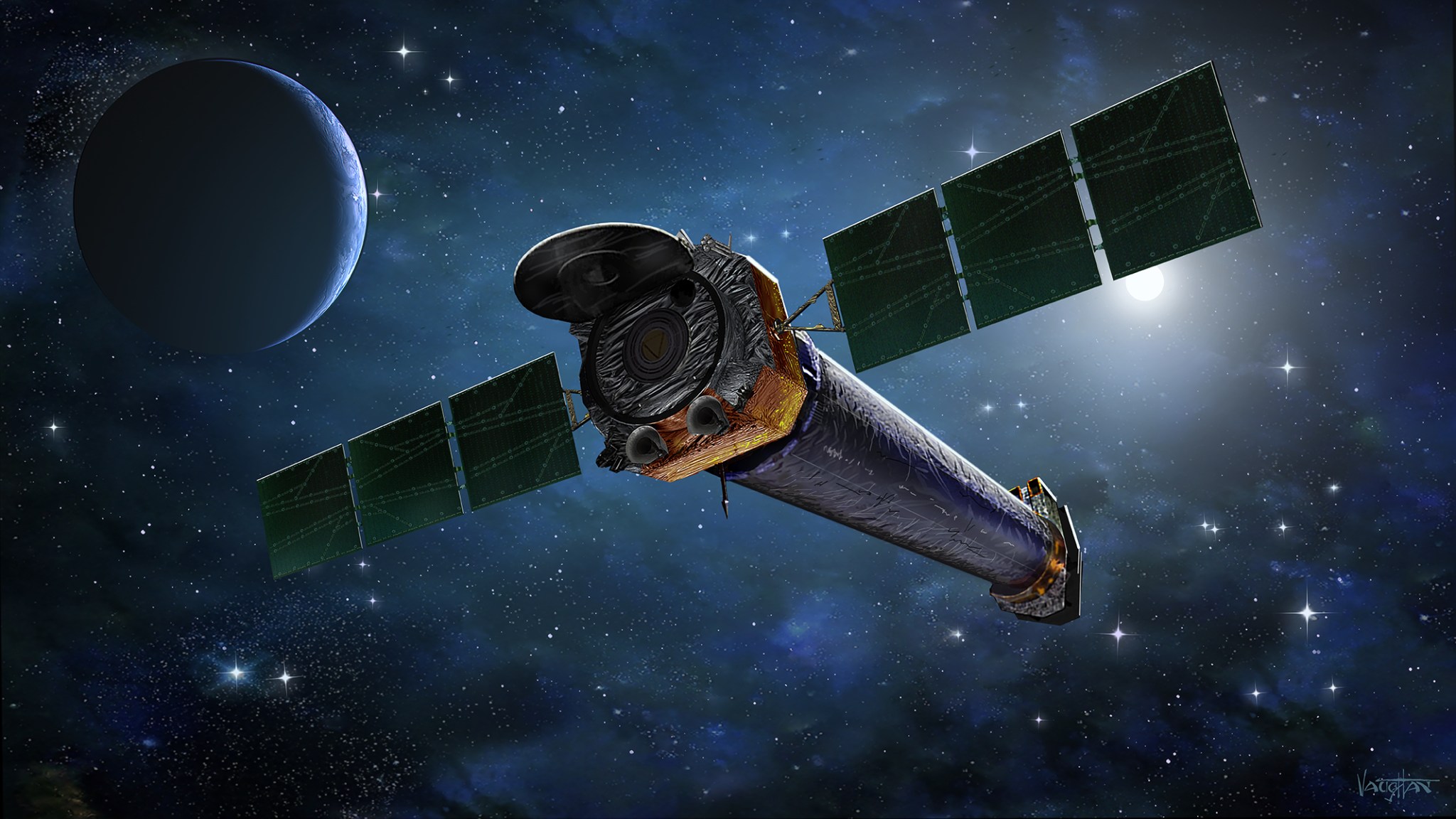Dec. 7 Update: On November 23, 2020, the High Resolution Camera (HRC) aboard NASA’s Chandra X-ray Observatory officially resumed its full science operations. This followed an anomaly involving the HRC’s electronics that was first detected in August 2020. After a switch to the back-up set of electronics in September and systematic study of the HRC’s performance with the updated configuration, the anomaly has now been resolved.
Beginning late September and continuing through early November, teams at the Operation Control Center of the Chandra X-ray Center (CXC) ran the HRC through a series of tests to assess how the detector was functioning and determine its performance. This included conducting observations of well-known sources to ensure that systems such as electronics, communications, and data collection behaved as expected. Several different teams analyzed the data to show that the performance of the HRC is excellent.
While the HRC was undergoing testing this fall, Chandra’s other instrument, the Advanced CCD Imaging Spectrograph (ACIS), continued taking science observations and collecting data. During the test phase, the HRC was used to observe targets within our Solar System and across the Milky Way. With the HRC back online, the scientific community can once again use the full capabilities of the Chandra X-ray Observatory.
The tests of the HRC’s performance were conducted by the CXC HRC operations team and the HRC Instrument Principal Investigator (IPI) team, with support from engineering teams. The investigation of the anomaly with the original HRC electronics is ongoing, and is being conducted by the CXC Operations and IPI teams, the Flight Operations team, Marshall Space Flight Center, and Northrup Grumman.
NASA’s Marshall Space Flight Center manages the Chandra program. The Smithsonian Astrophysical Observatory’s Chandra X-ray Center controls science and flight operations from Cambridge and Burlington, Massachusetts.
Sept. 17 Update: NASA’s Chandra X-ray Observatory has returned to science operations as teams work towards resolving an anomaly in the High Resolution Camera (HRC) that occurred on Aug. 24. After isolating an issue to electronics in use since launch in 1999 (far longer than the mission design life of 5 years) the team activated the camera’s back-up set of electronics. On Sept. 7, the team turned on the HRC’s shield, which tracks radiation levels to protect both the HRC and Chandra’s Advanced CCD Imaging Spectrometer (ACIS) instrument from damage. After confirming that the shield was working and that additional safeguards against radiation damage were in place, Chandra resumed a full schedule of science observations on Sept. 12 using ACIS, which is used for about 95% of Chandra observations. The Chandra science instrument and engineering teams continue to analyze the HRC anomaly and are working to return the camera to normal science operations.
Chandra is now well into its extended mission, and is funded through 2025 with options to extend through 2030.
For information about Chandra, visit:
On Monday August 24, housekeeping data from Chandra indicated an anomaly in the High Resolution Camera. The science payload has been turned off while the Chandra engineers analyze the situation and determine the appropriate response. While the spacecraft is not conducting science, the spacecraft itself is in nominal operation. NASA has a plan forward to resume operations for the spacecraft as soon as possible, and will provide more information as it becomes available. Chandra has been in operation for 21 years, which is well beyond the original expected lifetime of 5 years. Chandra is now well into its extended mission, and is funded through 2025 with options to extend through 2030.
For more information on Chandra’s accomplishments:




























